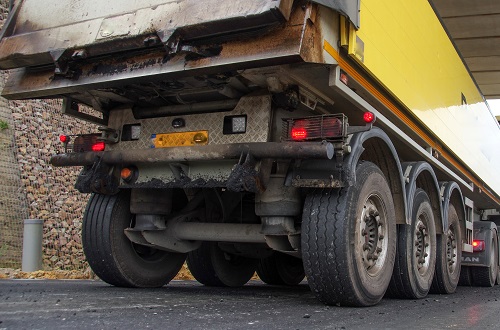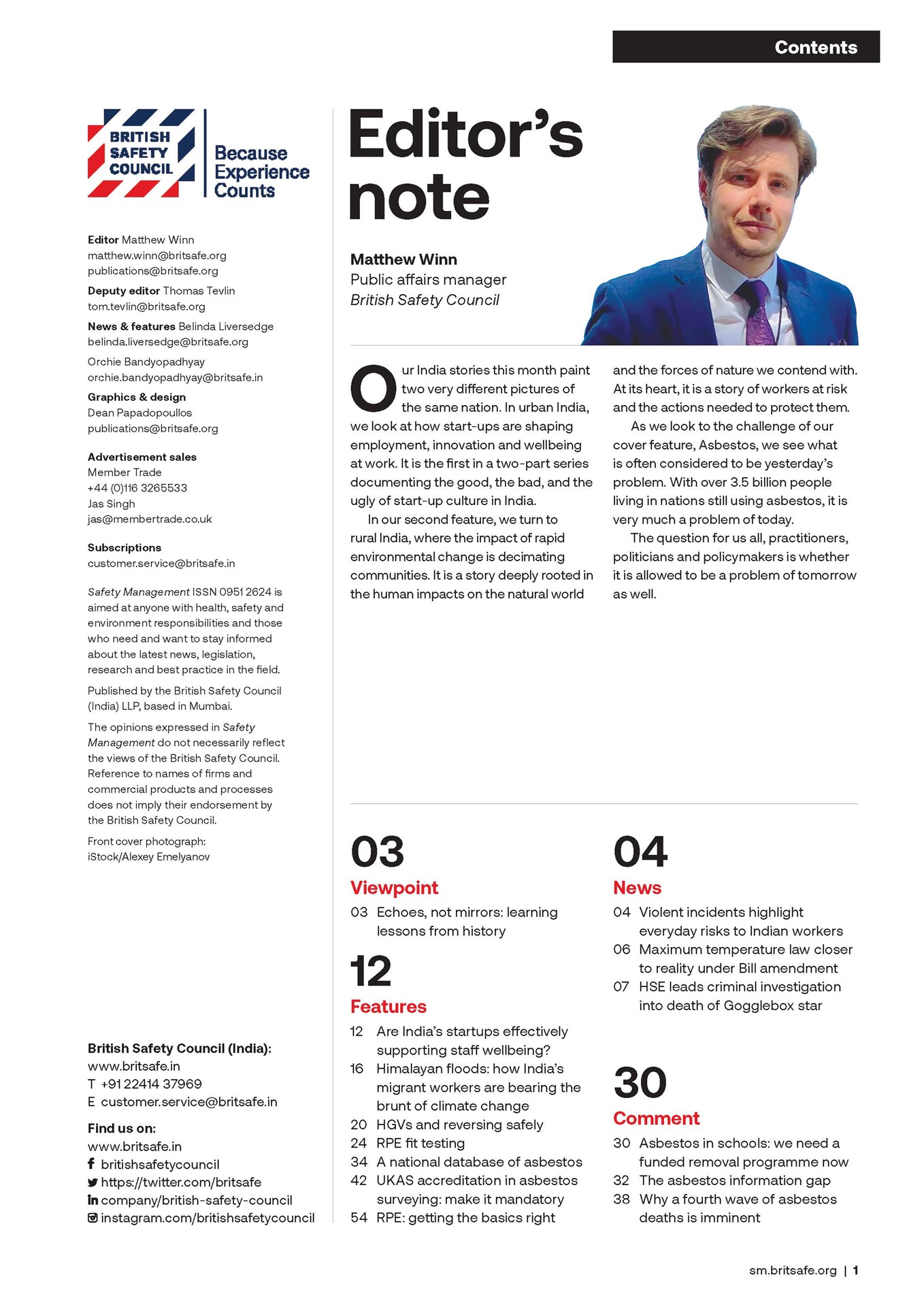India’s startup boom: how are these businesses performing on employee wellbeing?
India's startup businesses are celebrated as wealth and employment generators, but there are reports some are struggling to provide and maintain a healthy workplace culture, putting employee wellbeing at risk. In the first of a two-part article, we examine the efforts made by startups to provide a safe and healthy working environment, and the effectiveness of their approaches to date.
By Orchie Bandyopadhyay on 09 September 2025
















